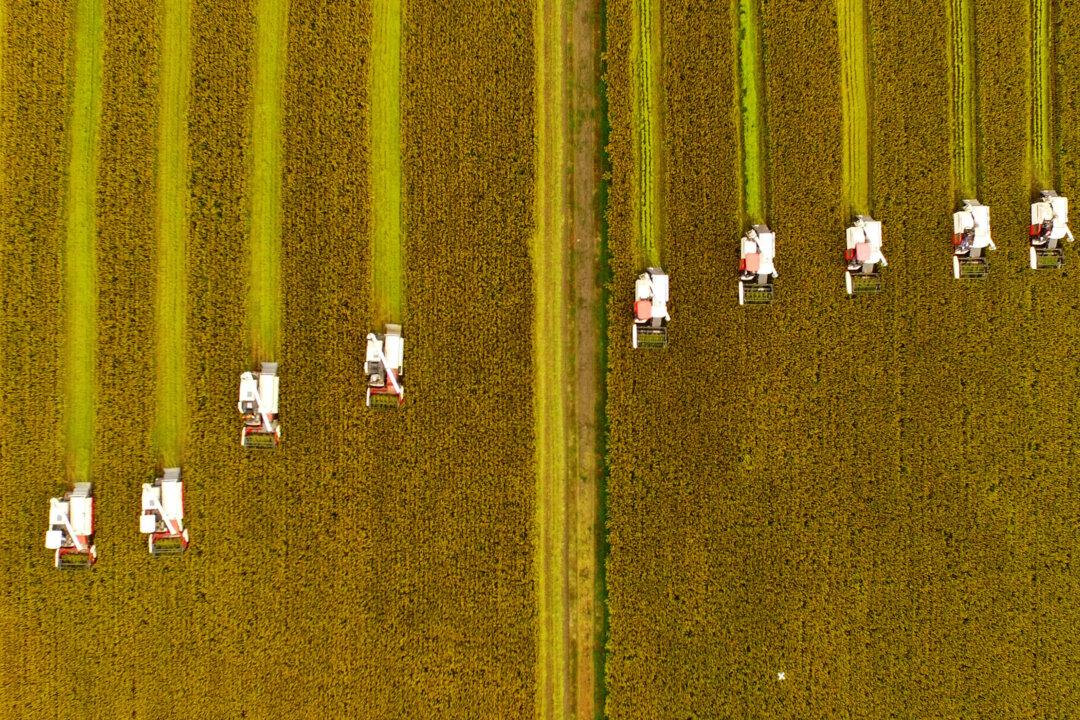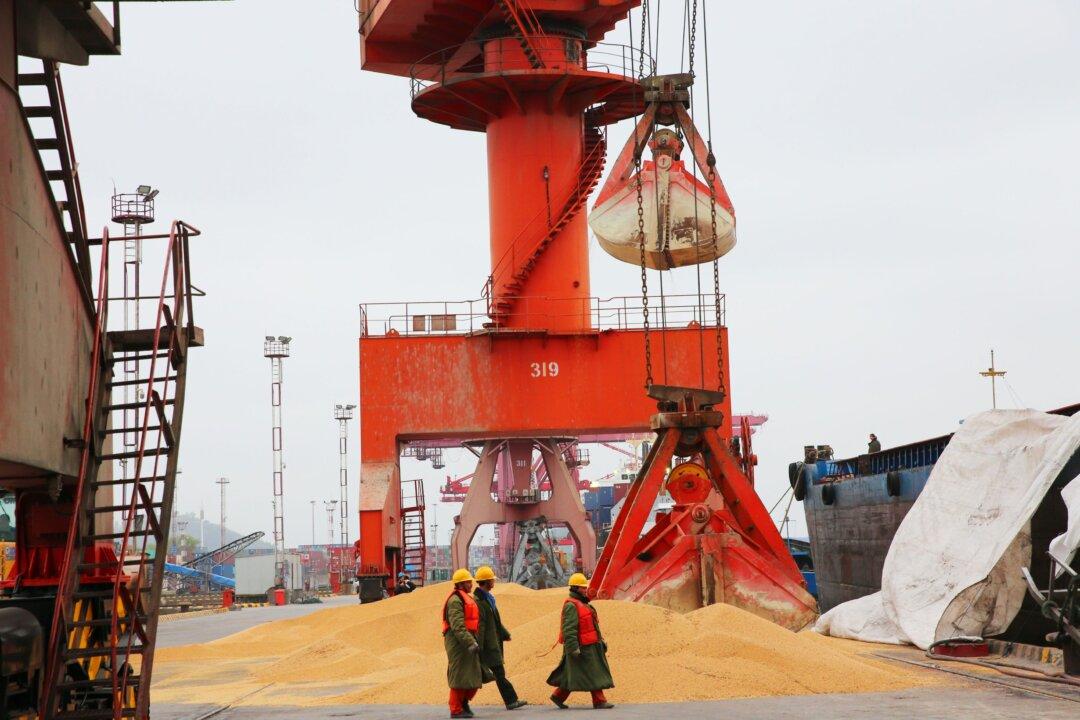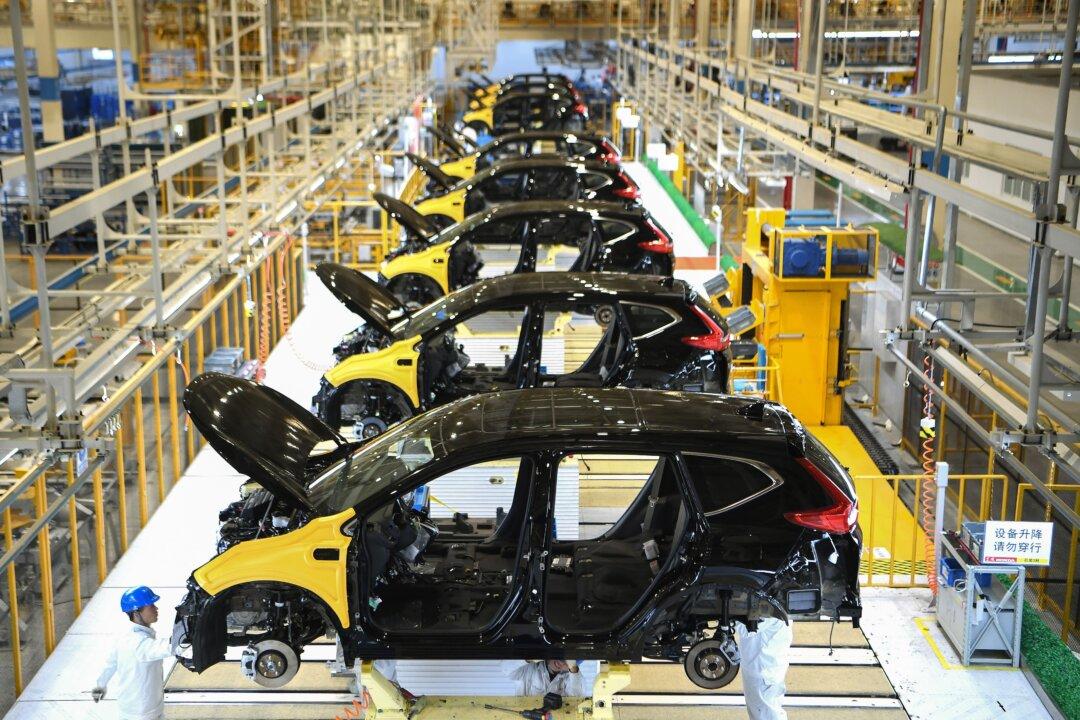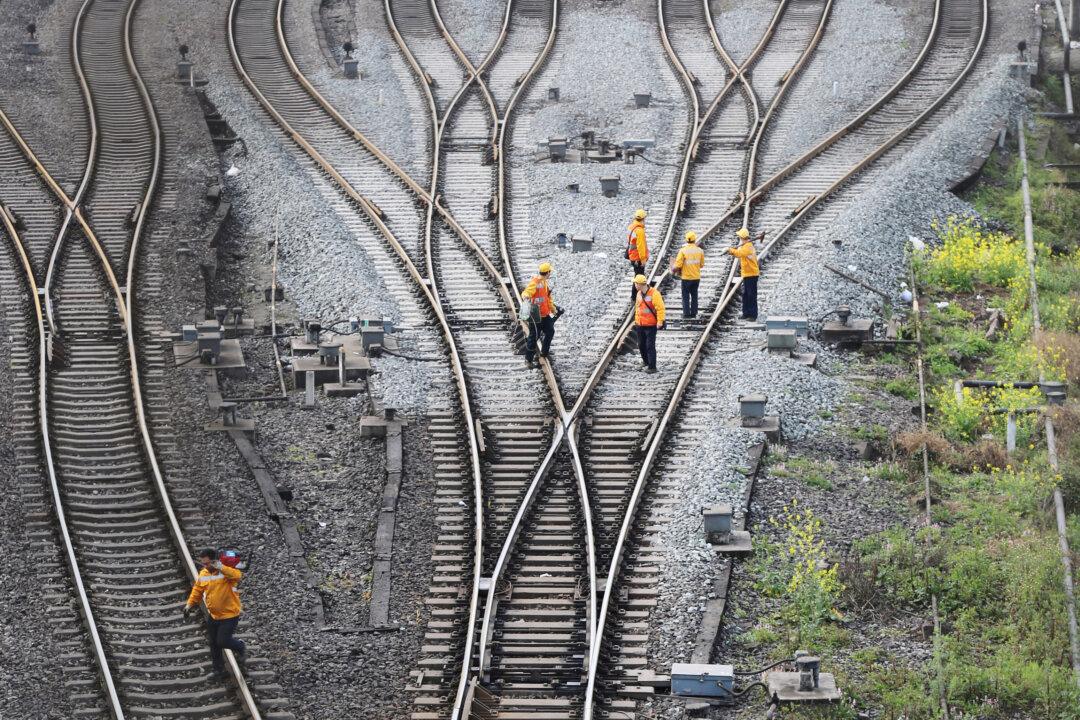China’s three-decades-long economic miracle was more of a class warfare powered by exploiting rural migrants with wages equal to one-third of what urbanites are paid, according to a new book by ex-Bloomberg China bureau chief Dexter Roberts.
“The Myth of Chinese Capitalism: The Worker, the Factory, and the Future of the World” is described by Publishers Weekly as “a clearheaded and persuasive counter-narrative to the notion that the Chinese economic model is set to take over the world.” The book illustrates that hundreds of millions of rural migrants who left home for coastal factory jobs with “meager wages and poor working conditions” are beginning to rebel against the Communist Party’s exploitive policies that has “pushed workers’ resentments to unstable levels.”





